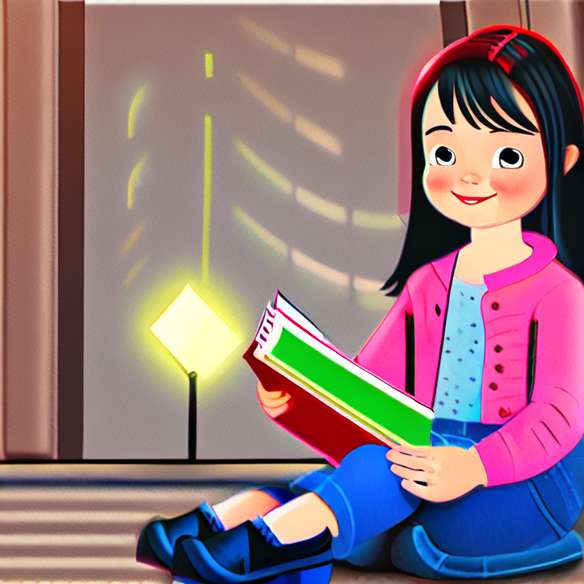Our tips for choosing your child car seat

A child under the age of 10 is, in the event of a slight impact, in great danger of being ejected or crashing against the windshield. That's why he needs to be attached, in a seat adapted to its morphology. Because when you brake, the points of attachment hold it in places of the studied body.
The first mention that you must be able to read on your seat auto is the approval number. The letter E indicates that it has been in Europe; the figure following this letter is a code to indicate in which country of Europe it was.
Car seats are categorized: group 0 or 0+ (up to 10 or 13 kg) - group I (from 9 to 18 kg) - group II (from 15 to 25 kg) - group III (from 22 to 36 kg). At each weight is a restraint system and size of seat self. Make sure your child is always placed in a seat adapted to its weight.
Different types of car seats exist. For babies, the seat auto back to the road is undoubtedly the best in terms of safety: the head of your child who still has difficulty in holding it is best protected in case of shock but also brutal braking. Attention, if you fix it on the seat passenger in the front to properly turn off the air bag. There are also beds nacelles to travel the child lying, perpendicular to the road. Install the guard strip very carefully. The seat bucket is a seat facing the road with a very enveloping protective shell. The harness is very safe and the comfort is often optimal.
When your child becomes too tall to be wrapped in a hull, the booster seats are easy to set up and move from one car to another. They allow to pass the seat belt at the right height. The backrest booster securely holds your child's body and ensures a more secure seat belt pass.
Our advice
Never buy a seat used car; it may have suffered shocks that weakened it.
The first mention that you must be able to read on your seat auto is the approval number. The letter E indicates that it has been in Europe; the figure following this letter is a code to indicate in which country of Europe it was.
Car seats are categorized: group 0 or 0+ (up to 10 or 13 kg) - group I (from 9 to 18 kg) - group II (from 15 to 25 kg) - group III (from 22 to 36 kg). At each weight is a restraint system and size of seat self. Make sure your child is always placed in a seat adapted to its weight.
Different types of car seats exist. For babies, the seat auto back to the road is undoubtedly the best in terms of safety: the head of your child who still has difficulty in holding it is best protected in case of shock but also brutal braking. Attention, if you fix it on the seat passenger in the front to properly turn off the air bag. There are also beds nacelles to travel the child lying, perpendicular to the road. Install the guard strip very carefully. The seat bucket is a seat facing the road with a very enveloping protective shell. The harness is very safe and the comfort is often optimal.
When your child becomes too tall to be wrapped in a hull, the booster seats are easy to set up and move from one car to another. They allow to pass the seat belt at the right height. The backrest booster securely holds your child's body and ensures a more secure seat belt pass.
Our advice
Never buy a seat used car; it may have suffered shocks that weakened it.








